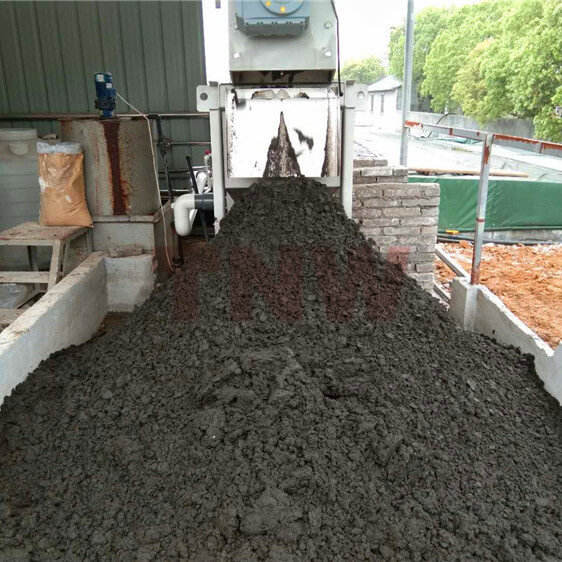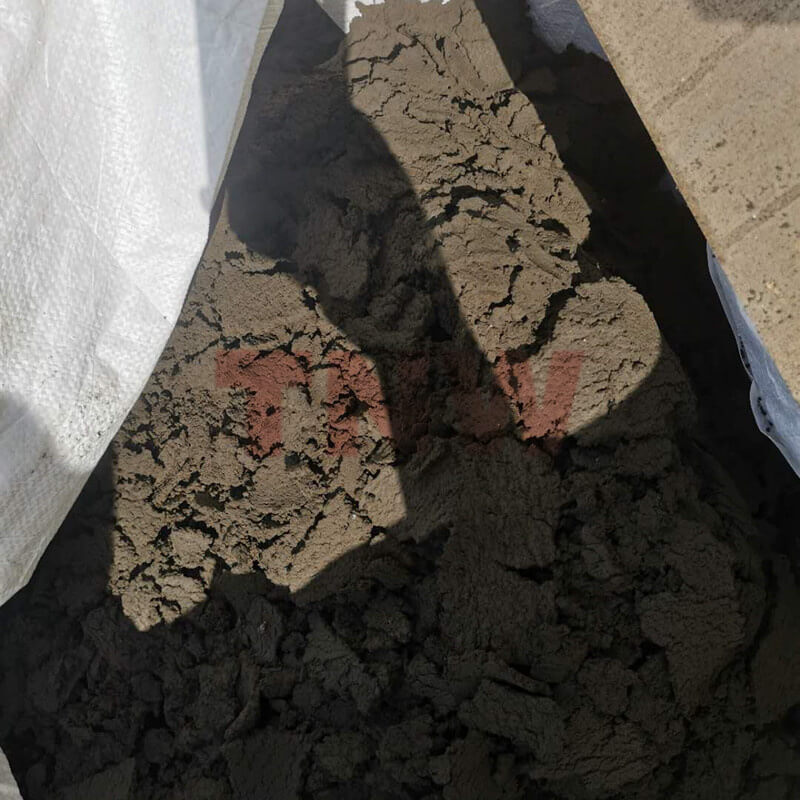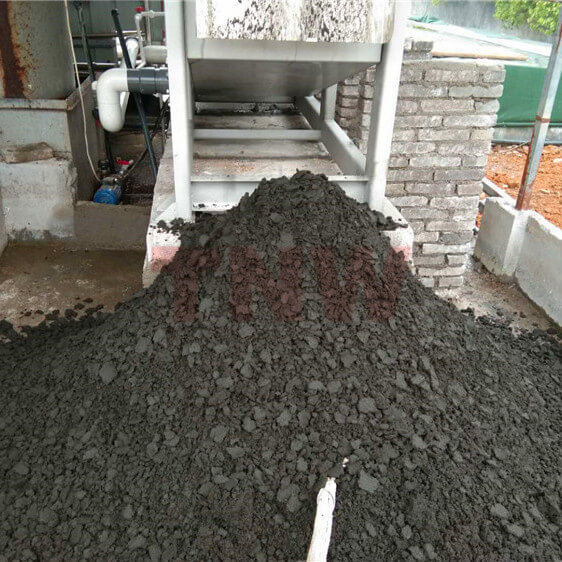Product news
Several methods of sludge treatment
Several methods of sludge treatment
security landfill
This disposal method is simple, easy to operate, low cost, sludge does not need high dehydration, and has strong adaptability. However, there are also some problems in sludge landfill, especially the formation of landfill leachate and gas. Leachate is a seriously polluted liquid. If the landfill site is improperly located or operated, it will pollute the groundwater environment. The gas produced by the landfill is mainly methane, which will cause explosion and combustion if appropriate measures are not taken.
land use
Due to the advantages of low investment, low energy consumption, low operating costs, and the organic part can be converted into soil conditioner components, the direct land use of sludge is considered as a disposal method with great development potential. Scientific and reasonable land use can reduce the negative effects of sludge. The use of forest land and municipal greening is an effective way of sludge land use because it is not easy to cause food chain pollution. The sludge is used for the rehabilitation and reconstruction of seriously disturbed land (such as mining land, forest harvesting sites, garbage landfills, seriously damaged areas on the surface and other land that needs to be reclaimed), reducing the potential threat of sludge to human life, disposing of sludge and restoring the ecological environment.
burn
Direct incineration of wet sludge after drying is widely used. Direct incineration of sludge without drying is not only difficult, but also uneconomical in terms of energy consumption.
The sludge treatment method with incineration as the core is one of the most common sludge treatment methods. It can carbonize all organic substances, kill pathogens, and greatly reduce the sludge volume; However, its disadvantages are large investment in treatment facilities, high treatment costs, high equipment maintenance costs, and the production of strong carcinogenic dioxins.
Sludge drying
Sludge drying is a treatment method for deep dehydration of sludge by using artificial heat source and industrial equipment. Although the direct result of sludge drying is the reduction of sludge moisture content (dehydration), its application purpose and effect are very different from mechanical dehydration.
Sludge mechanical dewatering (also including sludge thickening) is mainly used to reduce the volume of sludge treatment (sludge thickening and mechanical dewatering can generally reduce the volume of sludge by about 4 times), but the chemical and biological properties of dewatered sludge cake do not change due to dehydration, except for the water content and related physical properties, such as the difference between fluidity and undisturbed sludge.
Due to the requirement of improving water evaporation intensity, sludge drying uses artificial heat source, and its operating temperature (for sludge particles) is usually greater than 100 ℃. The treatment effect of drying on sludge is not only deep dehydration, but also heat treatment; In addition, the water content of the sludge drying treatment product can be controlled below 20%, which is the level of inhibiting the microbial activity in the sludge. Therefore, the sludge drying treatment can simultaneously change the physical, chemical and biological characteristics of the sludge.



Note: You can write to us or leave a message at any time to get technical support or solutions.
Email: info@tnwcn.com
Feedback: Click here